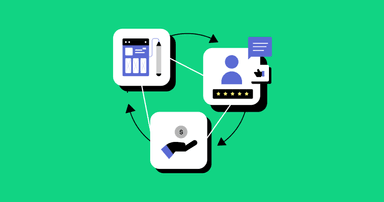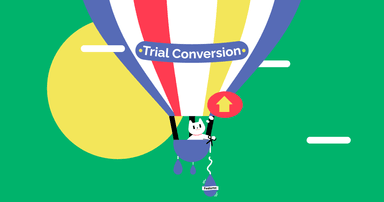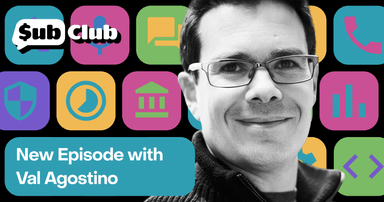What’s a good trial conversion rate for in-app subscriptions in 2022?
Benchmarking how conversion rates stack up for different trial periods.
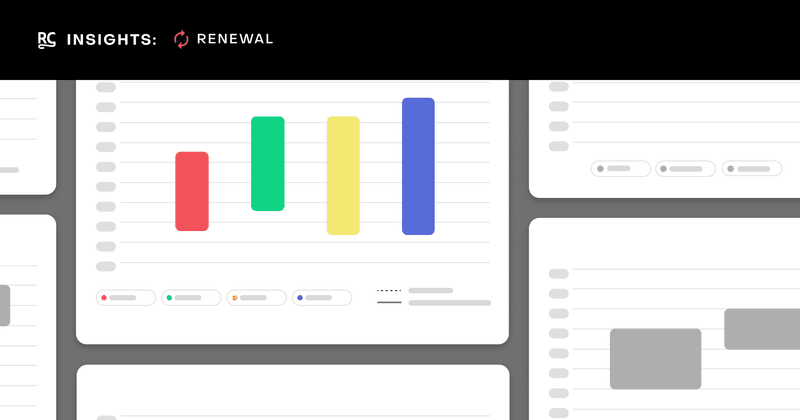

Traci Hirokawa
Many apps offer a trial period to let users test out the features before committing to a paid plan. It’s a great way for users to preview the value your app can provide and a chance for you to convince them that you can make their life better (or more fun).
If you’re thinking of adding a trial to your subscription app, you may be wondering: How long should my trial offering be? What is a good trial conversion rate?
Your trial conversion rate is the percentage of users that convert to a paid subscription from a trial period. This is an important metric because it tells you whether or not users get enough value out of your product to pay for it.
Benchmarking trial conversion rates
We analyzed 10,000+ subscription apps across iOS and Android to understand how conversion rates stack up for different trial periods.
Apple and Google offer different trial period lengths. Apple lets you set up a trial period of 3 days, 1 week, 2 weeks, 1 month, 2 months, 3 months, 6 months, or 1 year. Google doesn’t have set trial period lengths — you can create a trial period anywhere between 3 days and 3 years.
For this analysis, we compared apps with the most popular trial periods among our customers: 1-4 days, 5-9 days, 10-16 days, and 17-32 days.
We found that apps with the shortest trials (4 days or fewer) had the lowest median conversion rate, at 30%. Apps with trial periods longer than 4 days had roughly equal median conversion rates: 45% for 5-9 day trials, 44% for 10-16 day trials, and 45% for 17-32 day trials.
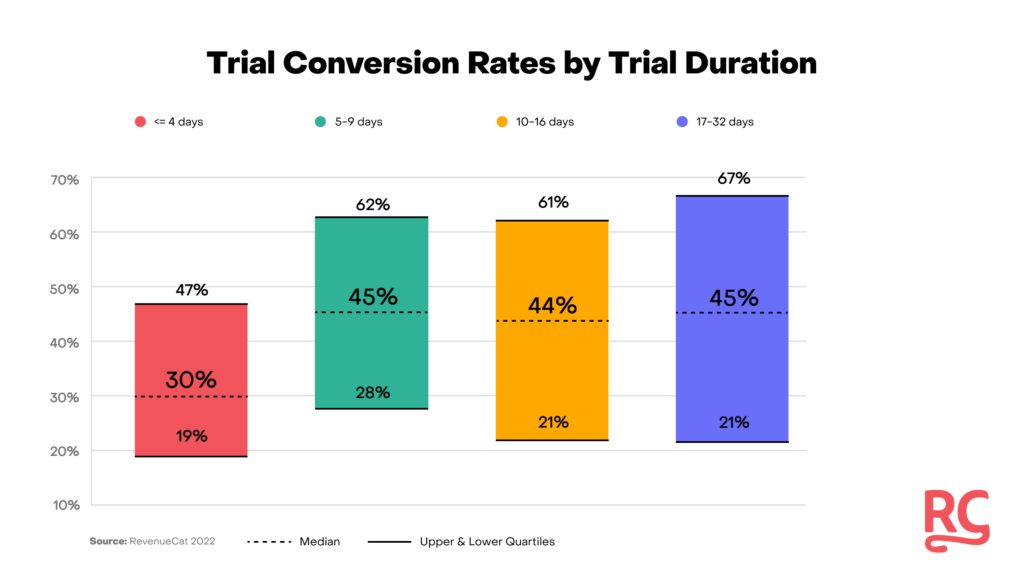
While the median conversion rate of apps with longer trial periods was about the same, there was a high degree of variation between the lower and upper quartiles. This means that apps are seeing very different results from their trial periods.
Take the 17-32 day trial group, for example — the bottom 25% of apps with a trial period between 17 and 32 days are only converting about 1 of every 5 trials, while the top 25% of apps with a trial of this length are converting more than 2 of every 3 trials.
The variation between the lower and upper quartile values across trial periods means that there’s no one-size-fits-all trial period. Improving trial conversion isn’t as simple as choosing the “right” trial period length, regardless of what kind of service your app provides.
So what does this mean for your app?
How can you improve your app’s trial conversion rate?
Make sure your trial is long enough for customers to see the value of your app
Just because apps with trials longer than 4 days have a higher median conversion rate, that doesn’t mean that offering a longer trial will guarantee a higher conversion rate for your app. The “right” trial period depends on the nature of your app and your business strategy.
The high variation in trial conversion rates across different trial lengths suggests that the trial period itself doesn’t have a huge impact on conversion. In fact, the median conversion rates of each trial period only varied by a maximum of +/-1% when we removed weekly subscriptions from our analysis. This means that finding the right mix of subscription duration and trial period length only has a marginal effect on conversion rates.
The variation in these conversion rate benchmarks largely has to do with the differences in the individual apps. A lot more goes into setting up a trial period than just selecting a duration. When you’re considering your trial strategy, there are a few questions you should ask yourself:
- Pre-Trial Engagement: Do you have a freemium offering that gives your users value indefinitely without starting a trial? How does your pre-trial experience demonstrate the value users can expect if they start a trial? Are specific features or the entire app locked behind your paywall? At what point in the customer journey do you present the trial to users?
- The Trial Experience: Are you educating your users about key features and ways to use your product during the trial? What engagement patterns during the trial lead to the highest conversion rates?
- Post-Trial Engagement: After the trial ends, do you offer any freemium options? Or only premium options with a hard paywall?
Once you’ve answered these questions, it’s time to select a trial period duration. Your trial period should be long enough for customers to derive enough value to justify paying for your app.
Don’t play mind games with your customers
While there are many ways to improve your trial conversion rate, there’s one strategy you should definitely avoid: trying to outsmart your customers.
Tricking users into paying for your app through auto-renewal after they forget about their trial won’t help you build a better business. Customers can turn off auto-renew at any point, and many will turn it off immediately or within the first 24 hours.
Trust is hard to gain but easy to lose, and it’s nearly impossible to recover from a loss of trust in you and your app.
Instead of trying to trick or outsmart your customers, do the opposite: be transparent and trustworthy. The digital world can be pretty noisy (just think about how many emails, texts, and notifications you receive every day) — it can be hard to keep track of every free trial and subscription you sign up for. So why not make things easier for your customers? Make sure they know when their trial is ending and you’re about to charge them for a paid plan if they haven’t turned off auto-renew.
Blinkist actually had higher conversion rates when their customers felt more comfortable with their free trial. Blinkist started sending push notifications to remind users that their trial was coming to an end so their customers didn’t feel taken advantage of. As a result, they saw a higher trial start rate, engagement rate, and trial conversion rate.
Make small tweaks to your trial period strategy for quick wins
Once you have your trial, product, and pricing strategy nailed down, you can start introducing optimization tactics to improve your conversion rate and derive helpful market signals.
For example, try sending a push notification or email with a discount offer when a customer turns off auto-renew. This is an easy change you can make with a potentially huge impact. If customers accept the discount offer, it could indicate a pricing issue. If they don’t convert even with the discount, it could mean they simply don’t get enough value from your app to justify paying for it.
To implement these notifications, you need to be able to trigger notifications when customers turn off auto-renew — including when they turn it off outside of your app (like in their device’s Settings menu). RevenueCat makes this easy, tracking your in-app purchase lifecycle events and allowing you to connect them to the tools your teams rely on.
Consider eliminating your trial period
It may seem counterintuitive, but your app may actually do better without a trial option. Many apps that offer freemium versions see high paid conversion rates without offering a trial of their premium version.
Conclusion
Any time you compare your app’s performance metrics to others, it’s important to remember that benchmarks only tell part of the story. Your app and business strategy are unique, so you should always take benchmarks from other apps with a grain of salt.
Simply comparing your app’s trial conversion rate to these benchmarks won’t tell you how successful your business currently is or will be. In fact, some apps that have a hard paywall and no freemium version may have low trial conversion rates but are still building a great business.
Long story short: there’s no one “good” trial conversion rate. Benchmarks can give you some great market signals, but the strategy that works for one app might not be right for yours.
In-App Subscriptions Made Easy
See why thousands of the world's tops apps use RevenueCat to power in-app purchases, analyze subscription data, and grow revenue on iOS, Android, and the web.
